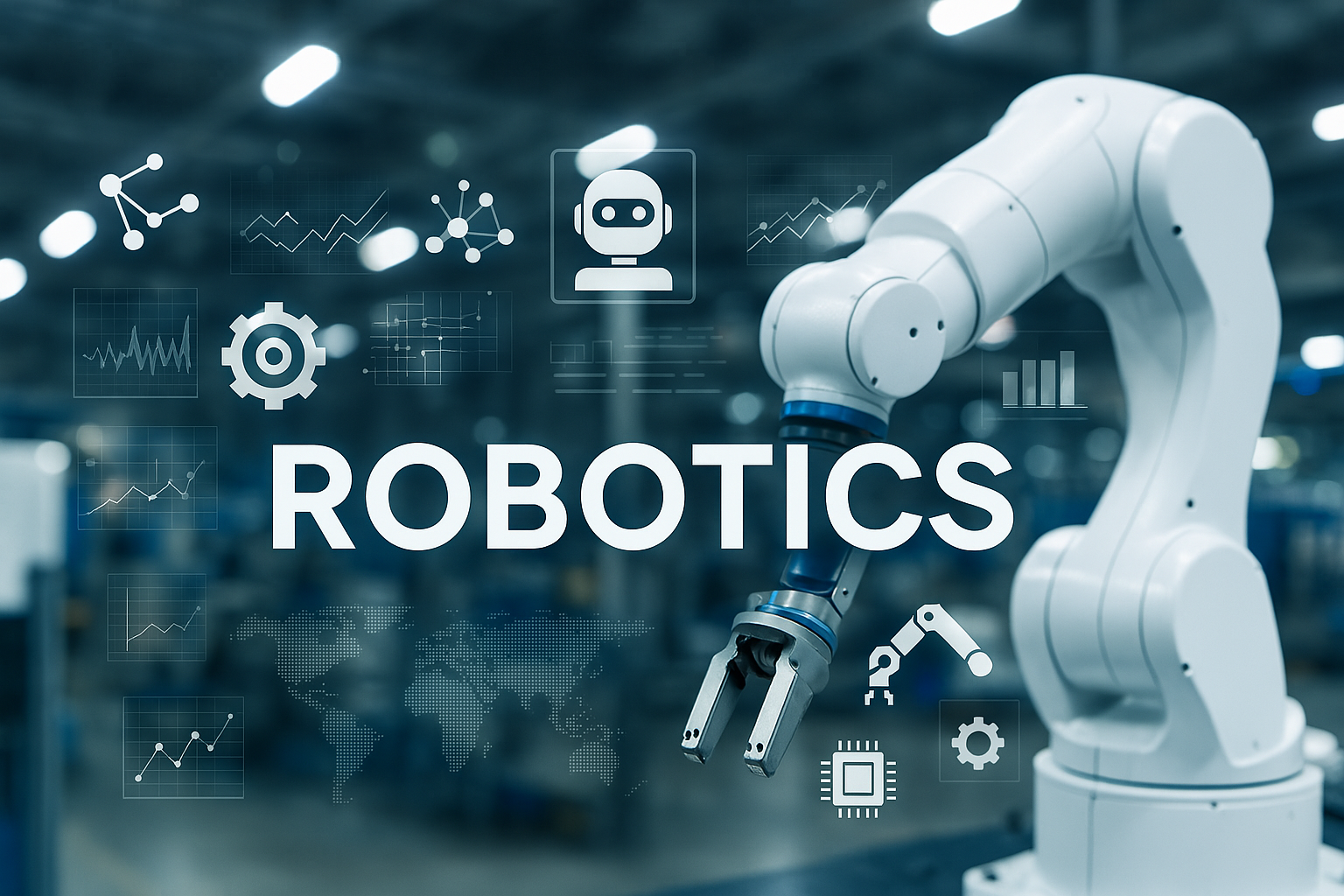Tag: Autonomous Vehicles
-
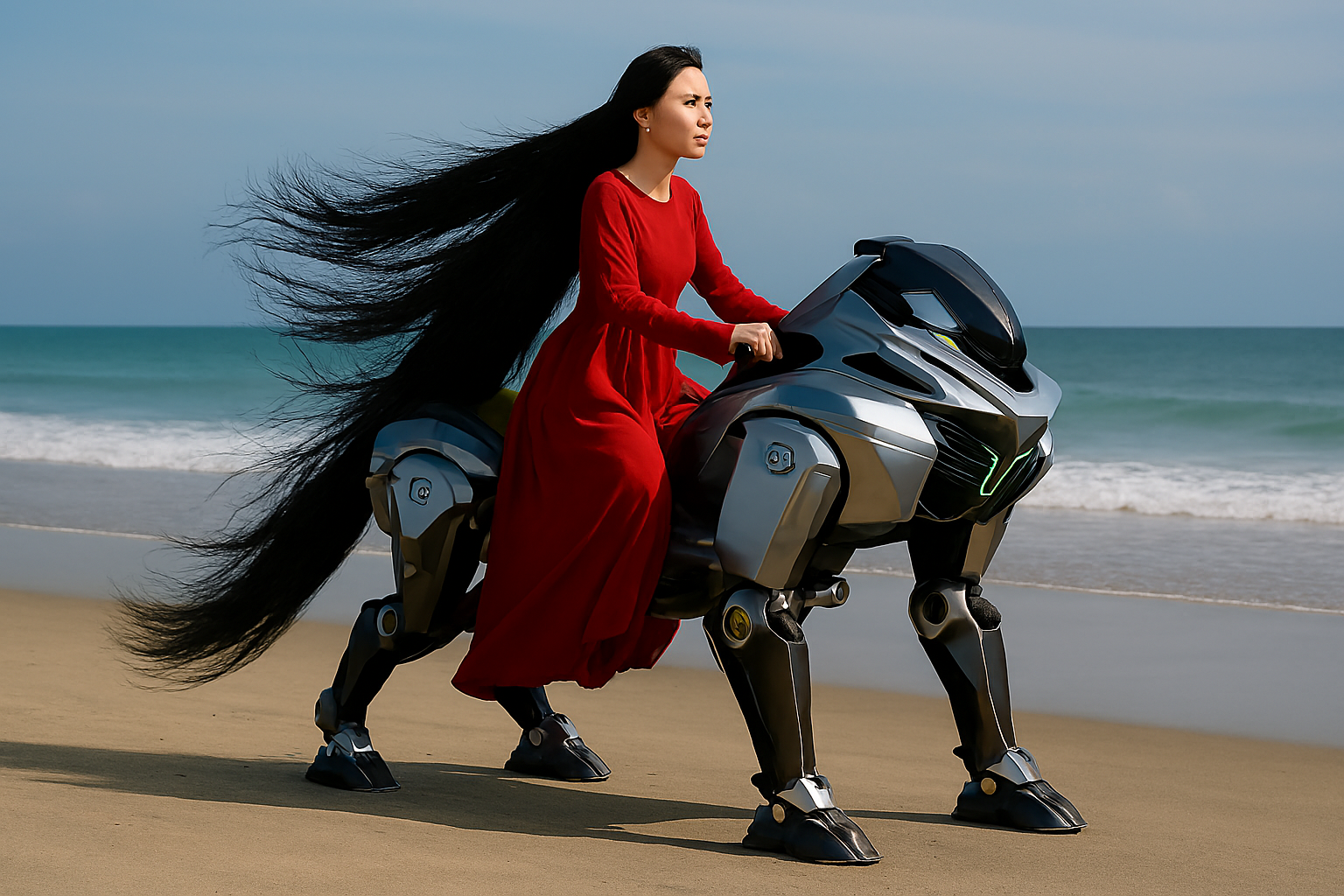
Kawasaki’s CORLEO: A Hydrogen-Powered Rideable Robot Revolution
Kawasaki Heavy Industries has stunned the tech world with CORLEO, a futuristic four-legged robotic vehicle concept that blurs the line between motorcycle and animal. Unveiled at the Expo 2025 Osaka in Japan, CORLEO is essentially a rideable robotic “horse” powered by hydrogen fuel. This bold concept marries Kawasaki’s decades of motorcycle engineering with advanced robotics…
-
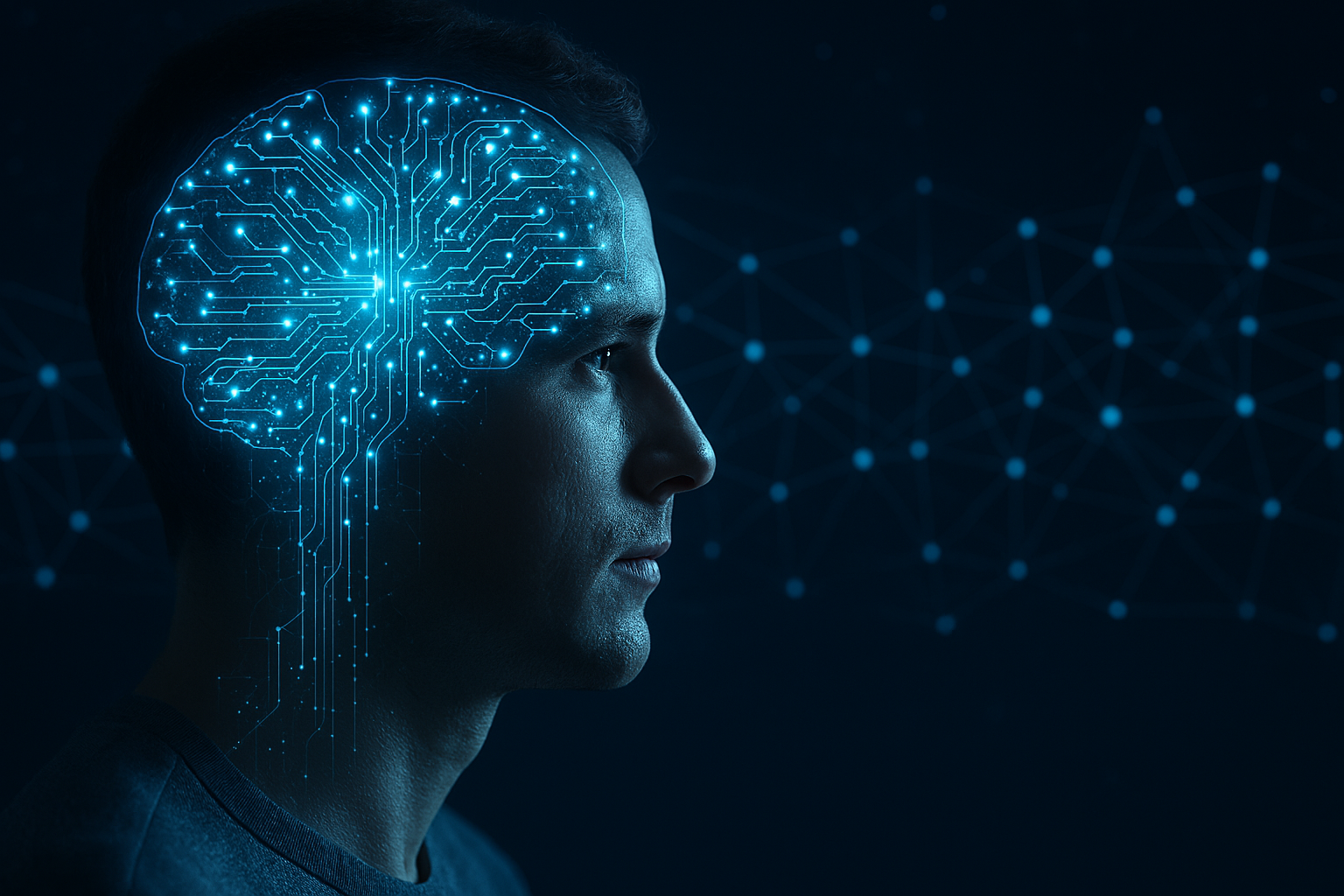
Deep Learning
Definition and Overview Deep Learning is a subfield of artificial intelligence and machine learning that focuses on using artificial neural networks with multiple layers (hence “deep”) to learn from large amounts of data. In simpler terms, it involves stacking many computational units (neurons) in layers so that a computer can automatically learn complex patterns and…
-
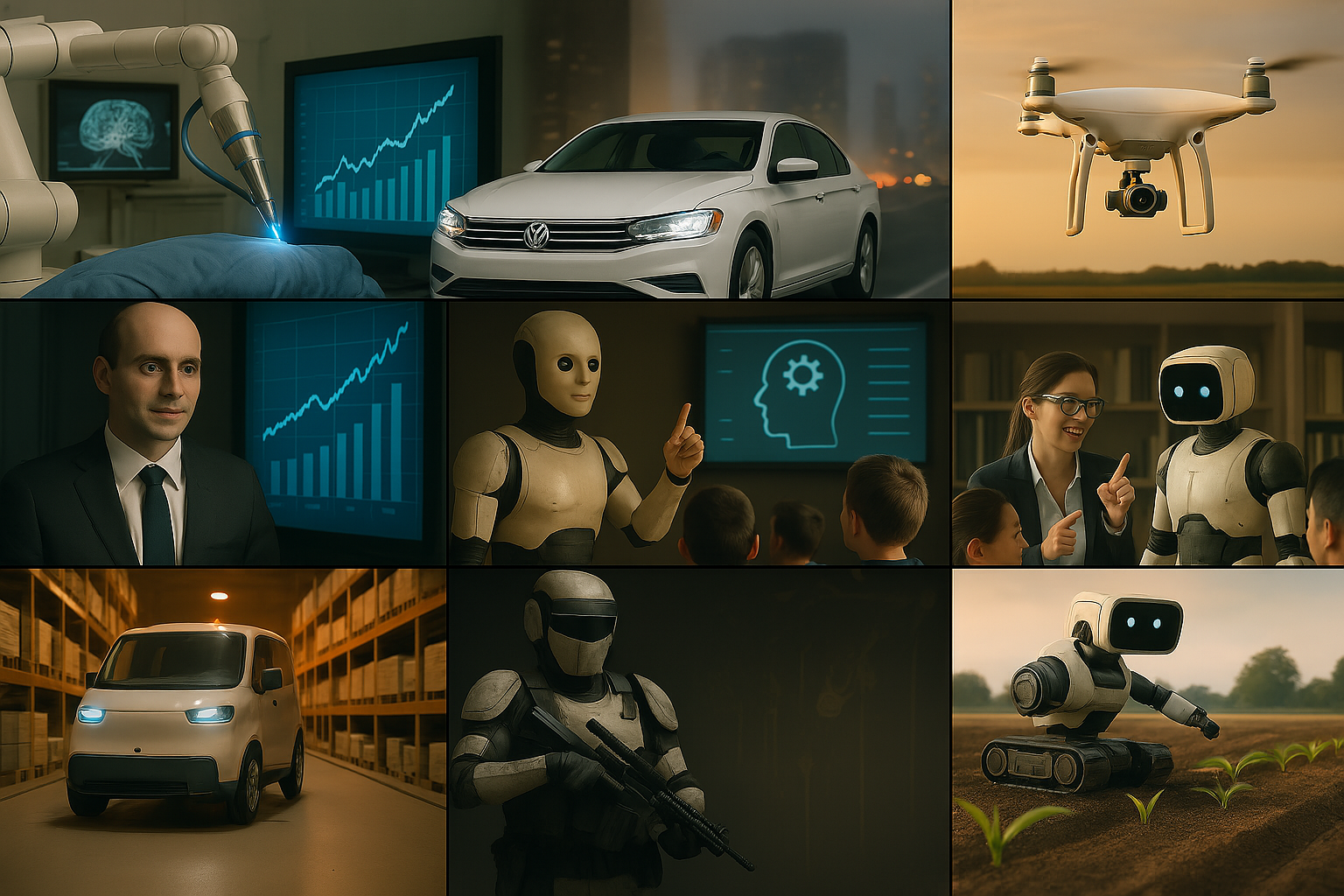
AI and Robotics: Transforming Industries in 2025
Artificial Intelligence (AI) and robotics are no longer futuristic concepts – they are present realities revolutionizing industries across the globe. From operating rooms and factory floors to farm fields and city streets, intelligent algorithms and autonomous machines are boosting efficiency, enhancing decision-making, and unlocking new possibilities at an unprecedented scale. In 2025, AI-driven insights and…
-
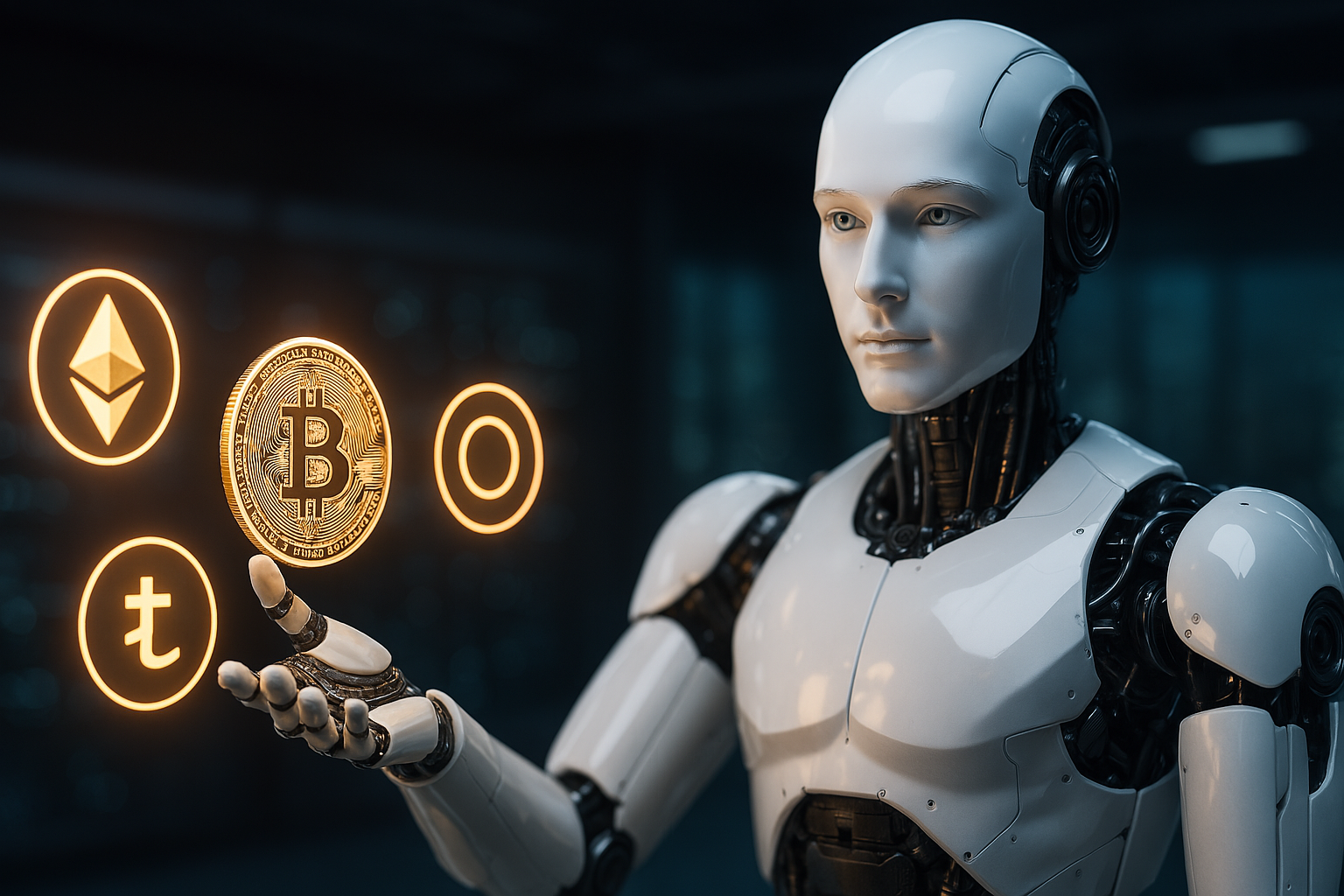
The Role of Cryptocurrency in the AI and Robotics World
Introduction Cryptocurrencies and blockchain technology are increasingly intersecting with artificial intelligence (AI) and robotics, creating a symbiotic relationship that is reshaping how these systems operate. On one hand, blockchain provides decentralized infrastructure, security, and a built-in economic layer for AI and robotic applications. On the other, AI can enhance blockchain networks and enable smarter automation…
-
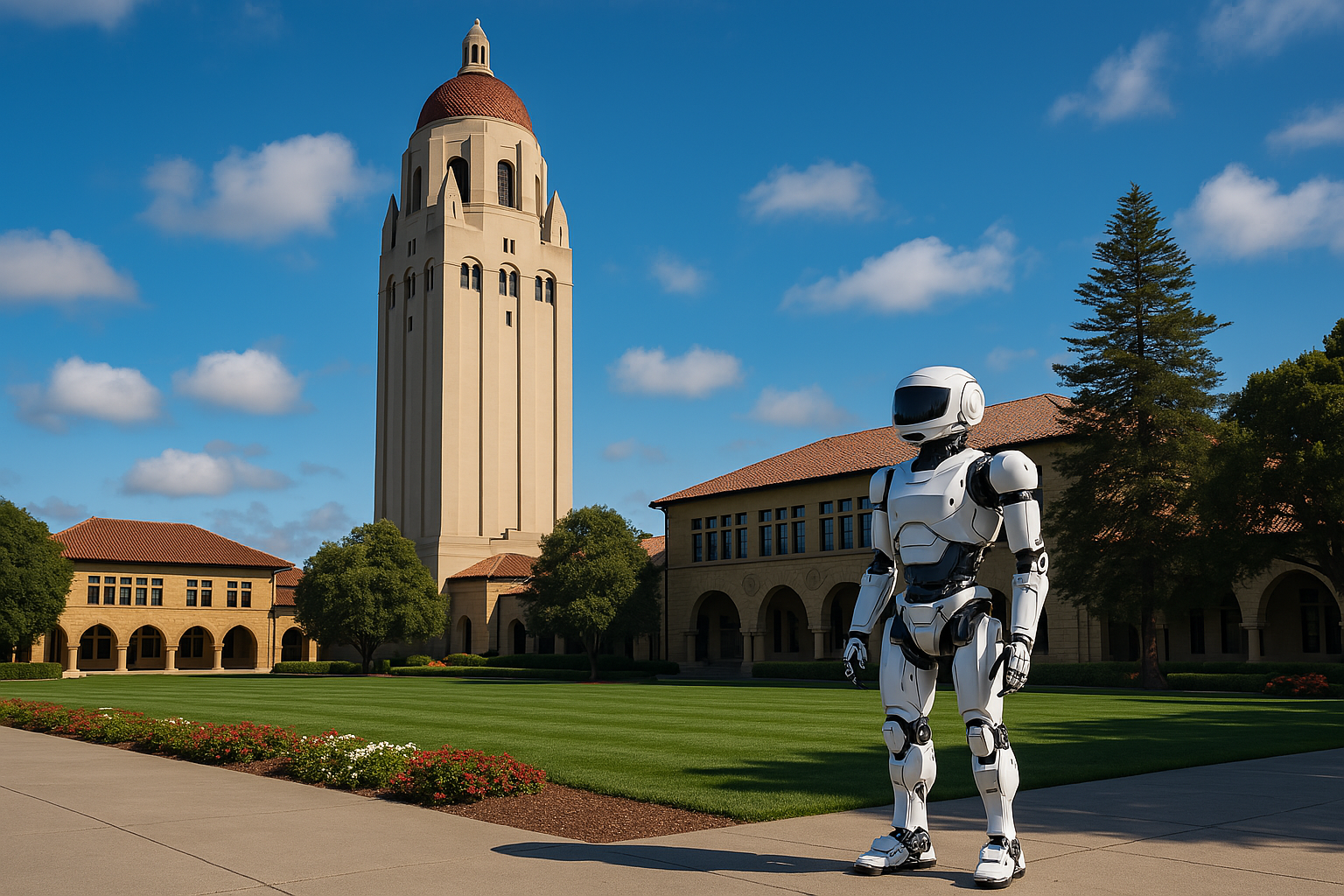
Stanford University: A Leader in AI and Robotics Education and Research
Stanford University has long stood at the forefront of artificial intelligence (AI) and robotics, from pioneering research in the field’s infancy to training new generations of innovators today. Located in the heart of Silicon Valley, Stanford has been a cradle of AI since the term was coined and a powerhouse in robotics for decades. Its…
-
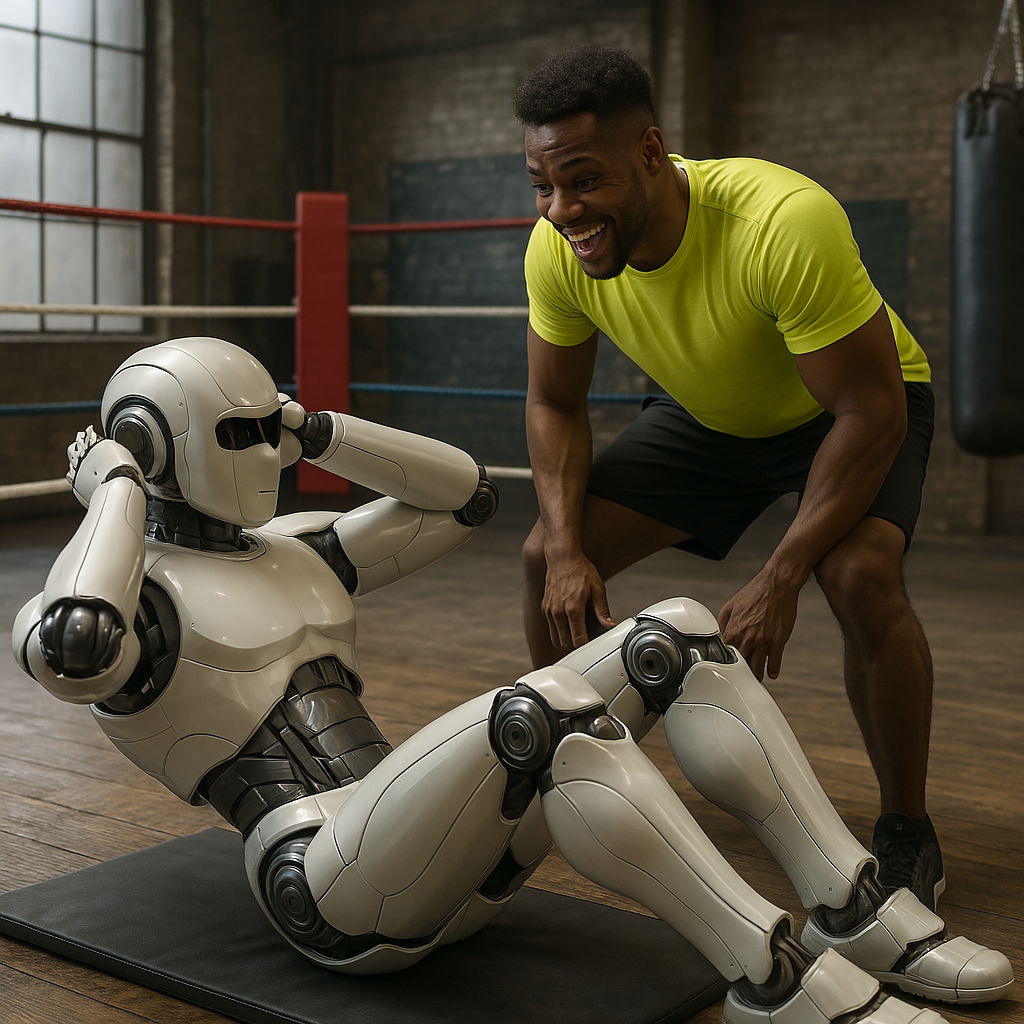
Training Data (Artificial Intelligence)
Training data refers to the dataset used to teach an AI or machine learning model how to recognize patterns, make predictions, or take actions. It is the foundational information that the model learns from, enabling it to gradually improve its performance on a given task. In essence, these are example data points (which can be…
-
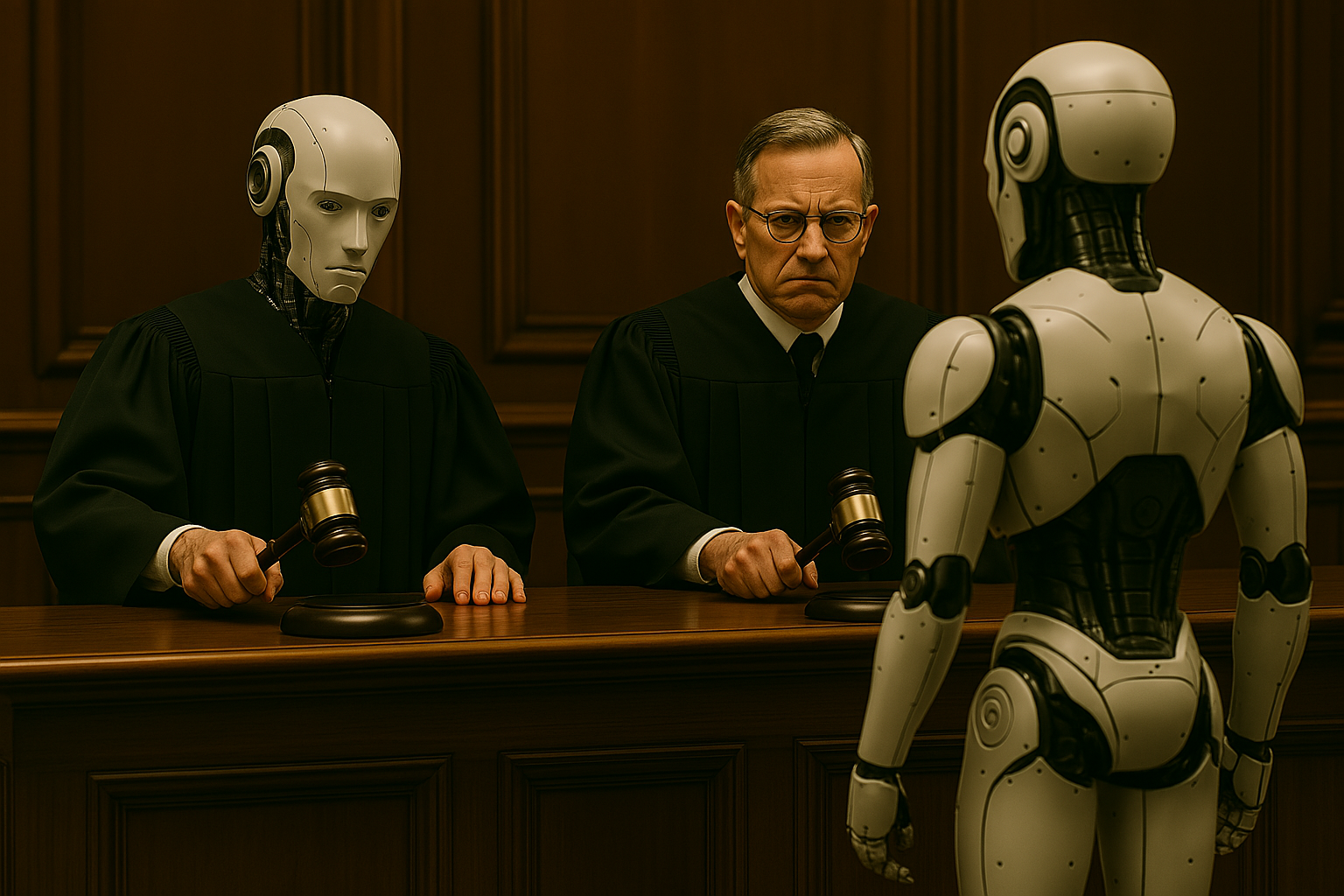
Robots, Robotics, and the Law: A Global Perspective
Robots and automated systems are increasingly present in manufacturing, transportation, healthcare, homes, and even warfare. This proliferation raises complex legal questions around liability, intellectual property, privacy, labor, and ethics. Lawmakers and courts worldwide are grappling with how to adapt existing legal frameworks – or create new ones – to govern robots in a manner that…

